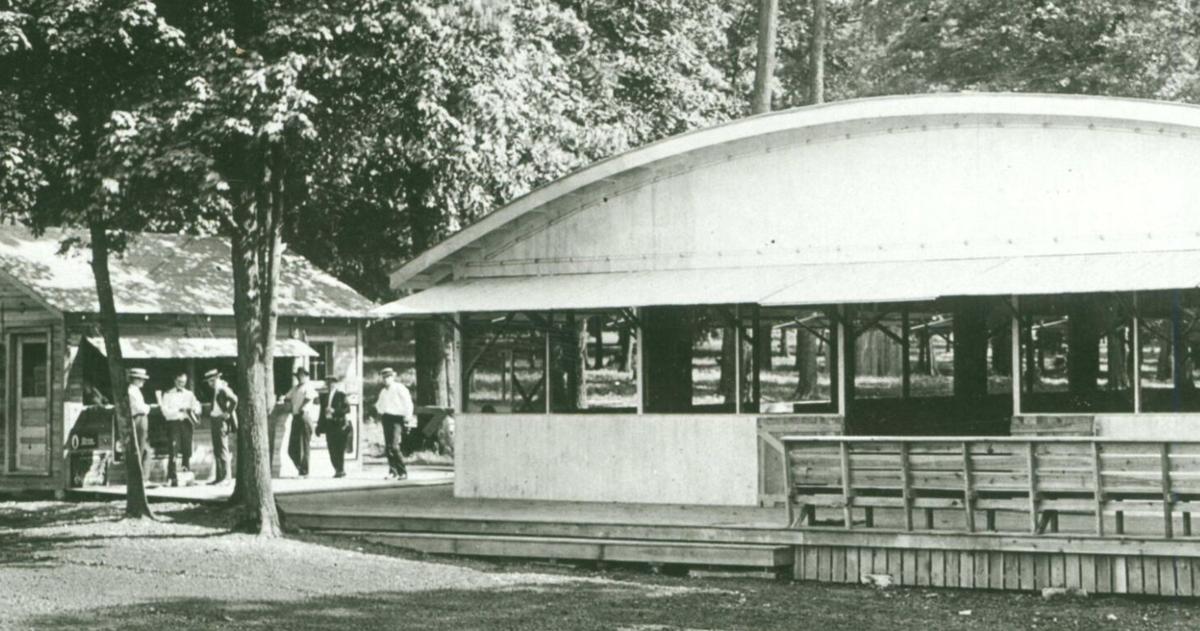The dawn of the 1920s ushered in a vibrant yet controversial era for Central Illinois, as “Jazz Age” dance halls emerged as epicenters of youthful rebellion and illicit merriment, forever marking a significant chapter in 1920s History. These establishments, often hidden in rural reaches or on the outskirts of towns, offered more than just music and dancing; they became notorious havens for a generation eager to shed societal restraints and embrace a new, exhilarating freedom, reflecting profound Social History changes.
Far from polite society’s watchful eye, these Dance Halls quickly gained a reputation for their “unwholesome extracurricular activities.” Reports of illicit liquor flowing freely and unsupervised mingling of the sexes fueled moral outrage among concerned citizens and local authorities, painting a vivid picture of a wild and unbridled youth culture defying traditional norms during the Roaring Twenties.
McLean County, in particular, was dotted with a surprising number of these “immoral” entertainment hubs, contributing significantly to Illinois History. From the famed Wonder Dance Pavilion at Funks Grove to Shadynook, Bob Mikel’s Jungleland near Downs, Hinshaw’s, Crystal Garden, and Bon-Go, each venue contributed to the region’s lively, if scandalous, nightlife scene, drawing revelers from across the area seeking excitement.
Accompanying the spirited dancing was the distinctive sound of post-ragtime, pre-swing jazz, performed by tuxedo-clad “orchestras,” truly defining the Jazz Age soundtrack. Bands like the Moonlight Melody Boys, Fred O’Brien and his Silvertown Juniors, Abbott Parson’s New Orleans Blue Boys, and Maurer’s Black Cat Orchestra captivated audiences, with local sensation George C. Goforth of Bloomington often at the forefront, shaping the era’s soundscape.
Several factors converged to ignite this dance hall phenomenon. A period of newfound economic prosperity for the middle class provided disposable income for leisure activities. The burgeoning automobile industry granted unprecedented mobility to young people, allowing them to escape parental oversight, while motion pictures and radio broadcasts further propagated modern attitudes and loosened traditional societal bonds across the state.
Crucially, the advent of Prohibition Era laws in 1920 inadvertently boosted the appeal of these rural Dance Halls, transforming them into clandestine speakeasies. Far from the immediate scrutiny of local law enforcement, these remote locations offered an alluring combination of dancing and readily available alcohol, making them irresistible to those seeking to defy the dry laws of the time.
However, the free-wheeling atmosphere did not go unchallenged. Public figures like McLean County Sheriff J.E. Morrison, who vehemently denounced dancing as a “menace to society,” and State Senator Florence Fifer Bohrer, the first woman in the Illinois Senate, actively campaigned for stricter regulations. Their efforts culminated in the 1925 act requiring county licensing and empowering authorities to revoke permits for “disorderly or immoral practices,” showcasing the Politics of the era.
The collective impact of these moral crusades, combined with the onset of the Great Depression and the eventual repeal of Prohibition, gradually dampened the Dance Halls craze. While a few resilient venues persevered into the post-war years, the cultural landscape shifted dramatically by the 1950s, as a new musical “menace”—rock and roll—eclipsed the once-dominant jazz, signaling the end of an era for Illinois’ infamous entertainment hubs.






Leave a Reply